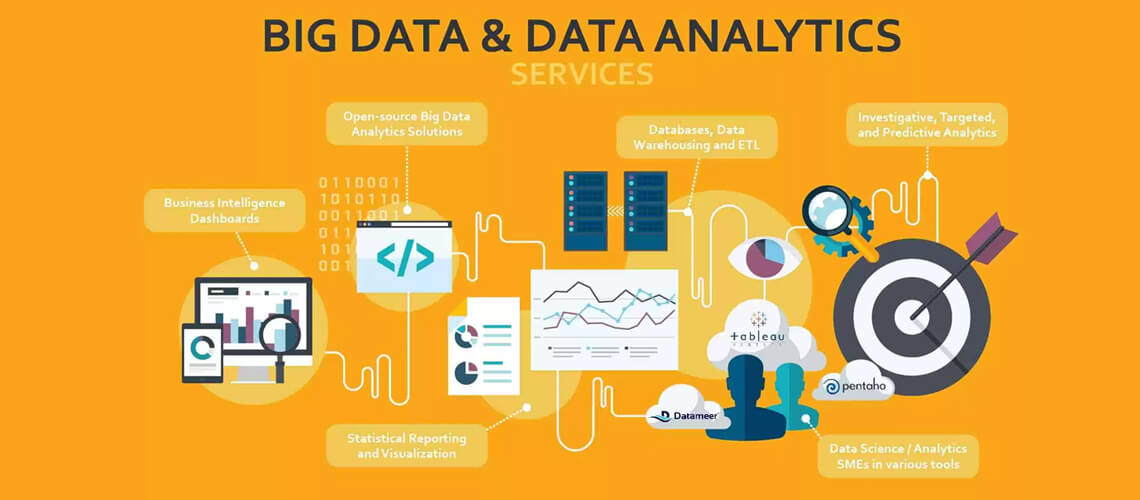European spending on Big Data and Business Analytics (BDA) solutions is forecast to reach $50 billion this year, an increase of 7% over 2020, according to a new update to the Worldwide Big Data and Analytics Spending Guide from International Data Corporation (IDC).
The forecast also shows that BDA spending will gain strength over the next five years as the European economy recovers from the COVID-19 pandemic. The compound annual growth rate (CAGR) for European BDA spending over the 2021–2025 forecast period will be 11%.
“To move toward the hyper-automated enterprise model, investments in BDA will continue to accelerate across all industries as the technologies help to achieve key business outcomes and increase customer experiences,” said Andrea Minonne, Senior Research Analyst at IDC U.K. “Big Data gives enterprises a competitive edge and has become a game-changer that is helping all industries achieve their business priorities.”
Most European companies are very familiar with the tech, and big enterprises in particular have many Big Data–related use cases in place. Big Data remains a key tech to enhance customer journeys, reduce costs, and streamline complex business processes.
Despite the COVID-19 pandemic, the Big Data and analytics market continued to grow in 2020, highlighting that Big Data is not just a nice-to-have technology but a must-have asset that can help companies fuel digital resilience to move out of critical situations faster.
In 2021, banking and discrete manufacturing will account for a quarter of overall spending on BDA. This is due to continuous interest in use cases such as fraud analysis and process automation. If we look at the long term, industries such as professional services and healthcare will have the fastest five-year CAGRs. Healthcare in particular owns a lot of patient data and will use BDA to gain insights from data, optimize and improve their performance, and understand their patients.
The Worldwide Big Data and Analytics Spending Guide is designed to address the needs of organisations assessing the Big Data and business analytics opportunity by geography, industry, and company size.
The guide provides subscribers with revenue projections for 20 technology and service categories across 19 industries, five company size bands, and 53 countries. Unlike other research in the industry, the guide was designed to help IT decision makers to clearly understand the industry-specific scope and direction of the Big Data and business analytics opportunity today and over the next five years.










